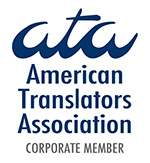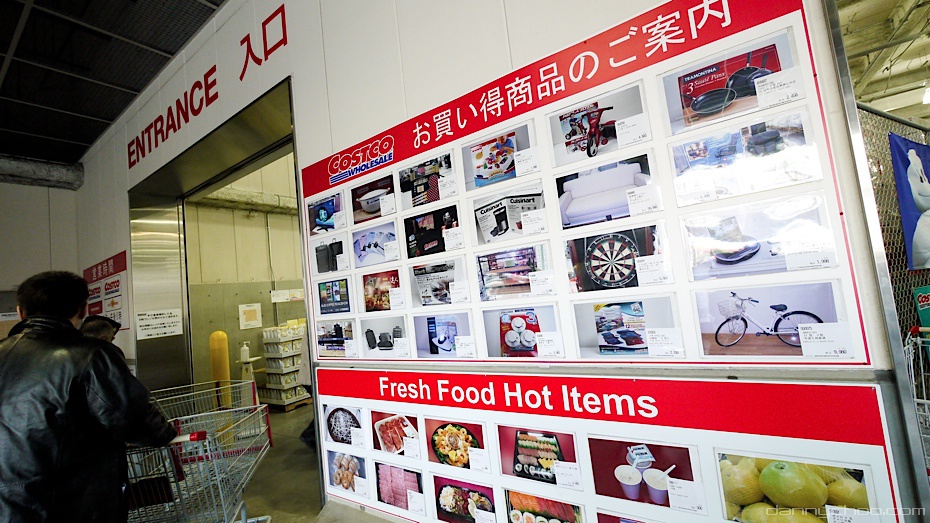An attractive but challenging market
Japan has long been an enticing destination for foreign companies: some of the world’s highest per-capita income, a large population, and high population density. But these attractive qualities are balanced by the unique challenges of Japan: a fickle and trend conscious consumer, a reticence towards new brands and experiences and a high cost of doing business.
So how did two global retail brands looking to make in-roads into Japan approach these challenges?
U.S. retail giants
The names of the two businesses should be familiar to most: Abercrombie & Fitch (A&F) and Costco. While vastly different businesses, both are amazingly successful in their home market, and in the Western world more widely. But both were completely underrepresented in Japan.
A (seemingly) obvious choice
A&F had to plan carefully: it is foremost a value-based casual clothing brand and the favoured locations for companies of this kind are the trendy Shinjuku and Shibuya locales. However, A&F took the time to understand the local market. It realised that to have the “brand strength” projection that was required to succeed over the long-term in the fiercely image conscious Japanese market, it needed to launch its flagship store in a premium location.
This led to the company settling on a location in the prestigious shopping mecca of Ginza.
The decision was a roaring success. The arrival of a global retailer renowned for youthful, casual and value based clothing in the more austere and expensive fashion district created a novelty value and curiosity that saw close to 1,000 people clamouring to visit the store on its opening day.
A uniquely challenging country
Costco found Japan a similarly compelling opportunity, but the landscape (literally) provided the behemoth American retailer with a whole new set of challenges.
Geographically, Japan is a narrow nation with steep rocky mountain ranges running through the “spine” of the nation, with densely populated population centres near the more level coastline.
The traditional Costco model required huge warehouse space and car parking areas the size of several football fields to accommodate the large SUV style vehicles required to haul home bulk purchases. In space constrained Japan, where car sizes are far lower, and the amount of storage available in the typical home is a fraction of what is available in the American suburbs, a different approach was required.
The company first prioritised finding warehouse locations that were outside the prohibitively expensive established retail zones, but still accessible by good roads and public transport. In addition, Costco tweaked its layout to prioritise bicycle parking near doors, as many Japanese prefer smaller “basket sizes” and more frequent visits due to storage constraints at home.
There were also smaller, subtler tweaks that were just as important. For Japanese sourced foods, Costco was meticulous with its translation strategy, knowing shoppers would be comparing with what they could purchase locally. However, for those goods with distinctly “American” characteristics such as Campbell’s Soup and Hershey Chocolate products, Costco retained majority English labelling. It’s local market adaptation team realised that the lure of an “authentic” product coupled with brand familiarity would drive visitation and sales more effectively than a perfectly translated label.
The success of the selectively tailored business and language model is unquestionable: the chain now has over 20 locations in Japan, and is a frequent highlight of corporate earnings reports that deal with the international forays of the company.
The lessons are clear. Carefully researching and tailoring business models, even those that are seemingly obvious or entrenched is crucial to establishing successful long-term businesses in Japan.
By Raj Padarath for Meridian Linguistics
Have an idea for a blog post? E-mail us.




Leave A Comment